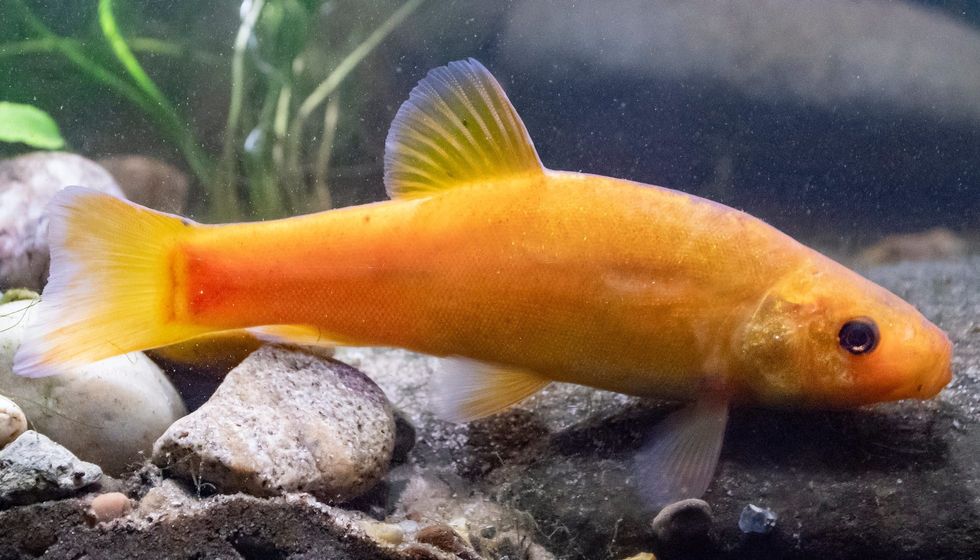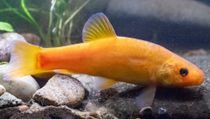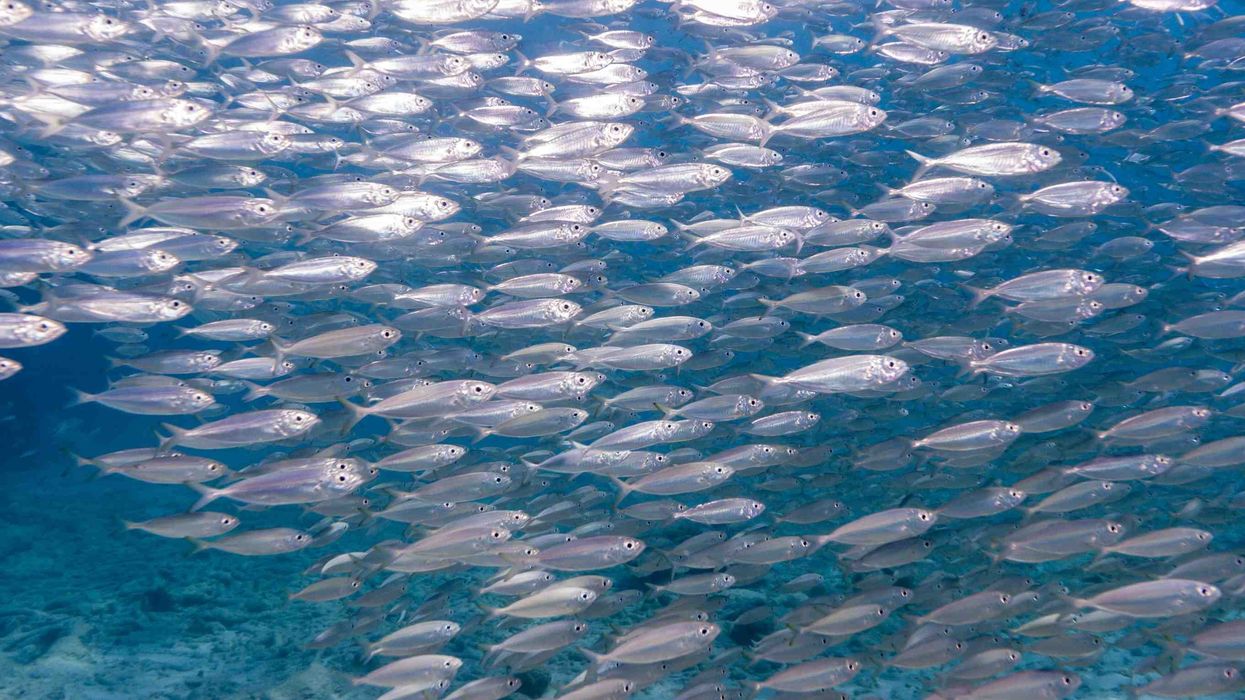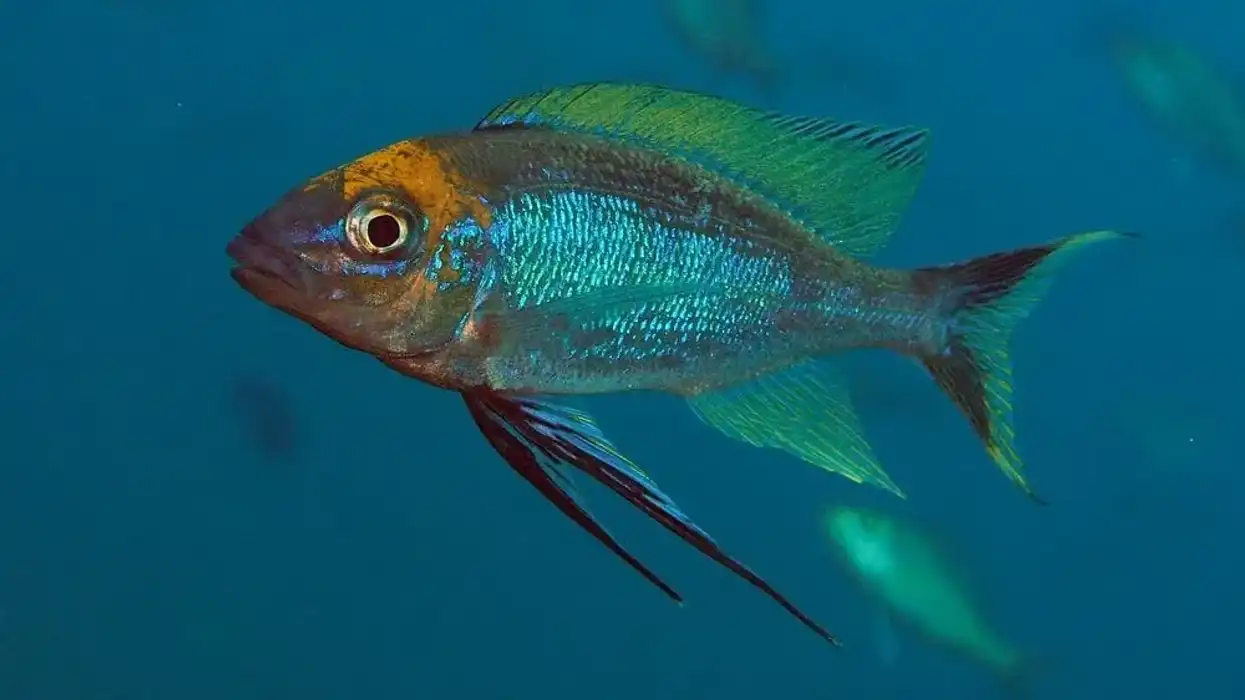The golden tench is a native fish that belongs to the carp family. They belong to the genus Tinca. They are widely found in Europe. These fish are kept in ponds.
They keep the ponds clean and healthy. They naturally live in waters with abundant plants. They are a breed version of the common tench. Also, a golden tench has similar features to that of a goldfish with the same appearance. A golden tench habitat consists of still water where it resides with other fishes.
Here are some of the most interesting facts about the fish species that reside in shallow water amidst dense vegetation. Afterwards, do check our other articles on Nassau grouper facts and the Gollum fish facts as well.
Golden Tench Interesting Facts
What type of animal is a golden tench?
The golden tench is a native fish. It is an ornamental fish that looks somewhat like a goldfish.
What class of animal does a golden tench belong to?
The golden tench belongs to the fish class of animals. This species is specially bred and is an enhanced version of the common tench.
How many golden tench are there in the world?
The number of golden tenches in the world is unknown to scientists. Many tenches are kept as pets in ponds and tanks and many are found in their natural habitat. It thus becomes hard to keep track of their population.
Where does a golden tench live?
A golden tench lives in slow-flowing waters and still waters habitats. This species is usually found in lakes and slow-flowing rivers. This fish species cannot tolerate fast-flowing waters.
What is a golden tench's habitat?
Golden tench habitats include still and slow-flowing waters. Slow-flowing rivers, lakes, and ponds are hotspots for this species. They are found in waters where there are abundant aquatic plants and food supply. They live near clay and muddy substrates. Very rarely this fish species is found near stony substrates. They have a natural ability to live in oxygen-deprived environments.
Who do golden tench live with?
The golden tench live in packs with other golden tenches. They also live amongst other freshwater animals such as ducks, alligators, crabs, catfish, trouts, bluegill, perch, and plant vegetation such as java sword, micro sword, red Rubin, moneywort.
How long does a golden tench live?
A golden tench lives for around 15-20 years. They have an average lifespan for fishes of their size. But being brood fish, their life is exceptional.
How do they reproduce?
The breeding season for the golden tench is between May to August. Females prefer shallow grounds for the purpose of mating and laying eggs. The amount of time required for laying eggs since fertilization is unknown. The golden tench eggs are green in color matching their surrounding vegetation.
These eggs stick to the aquatic plants and hatch in six to eight days. After hatching, the larvae are stuck to the plants for several days. Females do not conduct any after-birth care.
What is their conservation status?
The International Union for Conservation of Nature has listed the conservation status of the golden tench as Least Concern as the population is stable across its natural habitat.
Golden Tench Fun Facts
What do golden tench look like?
A golden tench ranges from golden to dark orange in color. It looks very similar to the common tench. This bred fish species has an excessive and thick body. Tenches’ entire body is covered in scales that are very deeply rooted within their pores.
Their scales are small, almost similar to the scales of goldfish. They have rounded fins. Their body is slimy to touch. Some of the golden tench have dark-colored spots on their fins.
How cute are they?
The golden tench cannot be called cute. They have a nice golden color which looks beautiful. They are ornamental fish and are a sight to look at.
How do they communicate?
Like all the other fish, the golden tench use pheromones as a means of communication. They can sense smell, touch, and sight from other fishes and respond accordingly. They can pick up signals left by other fish of their species and also from other sick fishes.
How big is a golden tench?
A golden tench can grow as big as 28 in (70 cm). Commonly they are found to be 16-26 in (40.6-66 cm) long. The golden tench is approximately 10 times bigger than a sparrow.
How fast can a golden tench swim?
The swimming speed of the golden tench has not yet been determined. Being brood fish, their qualities keep on altering which makes it difficult to keep track. That is the main reason for the lack of knowledge on the speed of a golden tench.
How much does a golden tench weigh?
A golden tench weighs around 10 lb (4.5 kg) on average. They are heavy fish and hence suitable as a food source.
What are the male and female names of the species?
No specific names are assigned to the males and females of the golden tench species. Males are known as male golden tench and females are known as female golden tench.
What would you call a baby golden tench?
Juvenile golden tench are called larvae. They are also referred to as fingerlings.
What do they eat?
The golden tench diet includes aquatic plant matter and freshwater creatures. They feed on chironomids, snails, pea clams, insect larvae. They also feed on other small freshwater fishes.
Are they dangerous?
No, golden tenches are not dangerous to humans as well as fish. They hunt small fishes for food but besides that, they are peaceful creatures. They are ornamental fish and are not supposed to harm anyone.
Would they make a good pet?
Golden tenches are bred as pet animals. They are clean and medium-sized fish for a fish tank. They get along well with other fish and make amazing pets.
Did you know...
If there are many golden tenches living in an environment where there are no predators, it is observed that their stunting occurs.
A golden tench record was made when a fish caught in England weighed 15 lb 3 oz (6.8 kg).
The golden tench is a food source for many people around the world.
Benefits of the golden tench
The golden tench fish's skin has antibiotic properties which are capable of protecting other fishes. They get their title as the doctor fish due to their ability to take care of other fishes around them. They make excellent fishes for ponds as they help keep the ponds clean.
Can tench breed with other fish?
The tench are observed to breed with goldfish in extreme wild or artificial environments. Even though this breeding is possible, the offspring are most commonly infertile.
Here at Kidadl, we have carefully created lots of interesting family-friendly animal facts for everyone to discover! For more relatable content, check out these altum angelfish facts and sandperch facts pages.
You can even occupy yourself at home by coloring in one of our golden tench coloring pages.










